We post news and comment on federal criminal justice issues, focused primarily on trial and post-conviction matters, legislative initiatives, and sentencing issues.

IRS WAS WRONG, I WAS RIGHT
 I think I will savor those few words. “I was right.” It is something my bride of 41 years has never told me. Really, it happens as often as this month’s blue moon. But I can crow about this: When I advised federal inmates last April that the CARES Act had been so shoddily and quickly written that it qualified them for the $1,200 stimulus payment, I was right. Right. Right. Bloody well right.
I think I will savor those few words. “I was right.” It is something my bride of 41 years has never told me. Really, it happens as often as this month’s blue moon. But I can crow about this: When I advised federal inmates last April that the CARES Act had been so shoddily and quickly written that it qualified them for the $1,200 stimulus payment, I was right. Right. Right. Bloody well right.
There were plenty of doubters. In early May, the IRS posted guidance that inmates were not eligible for stimulus payments. Arguments went back and forth about this all summer. The Senate even proposed a change in the law that would deny prisoners stimulus checks, and making it retroactive to March’s CARES Act. (It’s a shame the Senate isn’t as handy with the “retroactive” bit when it comes to criminal justice legislation, but that’s another story).
The problem was this: Nothing in the CARES Act authorized the IRS to write inmates out of the stimulus payment. The best excuse the IRS could come up with was that prisoners cannot get social security benefits Out in California, a couple of incarcerated people did something about it. They sued the IRS, and a few weeks ago, U.S. District Judge Phyllis Hamilton issued a 45-page preliminary injunction against the IRS, preventing it from deny stimulus payments to people because they were locked up.
 A preliminary injunction does not mean the plaintiffs won, but it does mean that the Court believes that the plaintiffs are likely to prevail on the merits. Although much of the Order relates to procedural and collateral issues, such as standing, ripeness and sovereign immunity, the meat of the holding – the strength of the IRS’s position – was pretty straightforward:
A preliminary injunction does not mean the plaintiffs won, but it does mean that the Court believes that the plaintiffs are likely to prevail on the merits. Although much of the Order relates to procedural and collateral issues, such as standing, ripeness and sovereign immunity, the meat of the holding – the strength of the IRS’s position – was pretty straightforward:
The… inquiry is whether incarcerated persons are eligible individuals. On this question, the statute is brief and to the point. Section 6428(d) states:
For purposes of this section, the term “eligible individual” means any individual other than (1) any nonresident alien individual, (2) any individual with respect to whom a deduction under section 151 is allowable to another taxpayer for a taxable year beginning in the calendar year in which the individual’s taxable year begins, and (3) an estate or trust.
§ 6428(d). There is no indication that Congress left the definition of “eligible individual” open-ended or otherwise up to the Secretary’s discretion to change. See Jimenez v. Quarterman, 555 U.S. 113, 118 (2009) (“It is well established that, when the statutory language is plain, we must enforce it according to its terms.”).
The court also finds persuasive the fact that the IRS has asserted three different interpretations of the term “eligible individual” since the enactment of the Act, barely six months ago. Initially, the IRS disbursed nearly 85,000 EIPs to incarcerated persons and, when the Treasury Inspector General for Tax Administration (“TIGTA”) questioned IRS management about this decision, the IRS “noted that payments to these populations were allowed because the CARES Act does not prohibit them from receiving a payment.” Then, as reflected in the FAQ, the IRS’s internal procedure manual, and the TIGTA report, the IRS decided that incarcerated individuals are not eligible. Now, the IRS takes the position in this litigation that, subject to generally applicable administrative and judicial rules, the IRS plans to allow otherwise eligible individuals who were only incarcerated for a portion of tax year 2020 to claim a CARES Act tax credit. The shifting interpretation demonstrates that the IRS “went well beyond the ‘bounds of its statutory authority.’”
 What? The IRS just made stuff up to stick it to inmates? I’m sure we’re all shocked.
What? The IRS just made stuff up to stick it to inmates? I’m sure we’re all shocked.
The biggest immediate problem facing the Court was to get all of the eligible inmates who were either denied, had payments returned by prison staff who believed the IRS malarkey, or were deterred from filing by the claptrap on the IRS website, signed up. The deadline for filing the IRS non-filer statement – which can be done from the website or on a Form 1040 – had been October 15. The Court concluded it lacked the power to force the agency to move the date, but it strongly urged the parties to agree to something later.
Yesterday, the agency caved, and announced that the deadline for filing non-filer statements is now November 21, 2020.
It appears that the non-filer tool on the Web does nothing more than complete a Form 1040 reporting filing status and lack of income. For inmates without Internet access (which would be close to 100%), the standard 1040 can be completed and mailed.
 Meanwhile, the IRS has filed a “protective appeal” to the Ninth Circuit — which appears to be a placeholder of sorts designed to give officials time to decide if the agency will fight the ruling. “The decision whether to proceed with the appeal will be made by the acting solicitor general, who has not yet made a decision,” the IRS said in a court filing on Monday.
Meanwhile, the IRS has filed a “protective appeal” to the Ninth Circuit — which appears to be a placeholder of sorts designed to give officials time to decide if the agency will fight the ruling. “The decision whether to proceed with the appeal will be made by the acting solicitor general, who has not yet made a decision,” the IRS said in a court filing on Monday.
Order Granting Motion for Prliminary Injunction and Motion for Class Certification, Scholl v. Mnuchin, Case No. 20-cv-05309, 2020 U.S. Dist. LEXIS 176870 (N.D.Cal. September 24, 2020)
IRS.gov, Economic Impact Payment Information Center — Topic A: EIP Eligibility and General Information (June 5, 2020)
KPIX-TV, IRS Tries To Claw Back COVID-19 Stimulus Checks Sent To Prison Inmates (June 24, 2020)
Forbes, IRS Must Pay $100 Million Worth Of $1,200 Stimulus Checks, Judge Orders In Prisoners’ Lawsuit (October 6, 2020)
CBS News, IRS extends deadline for 9 million people to register to get a stimulus check (October 7, 2020)
The Independent, US judge: IRS can’t keep coronavirus money from inmates (October 7, 2020)
– Thomas L. Root



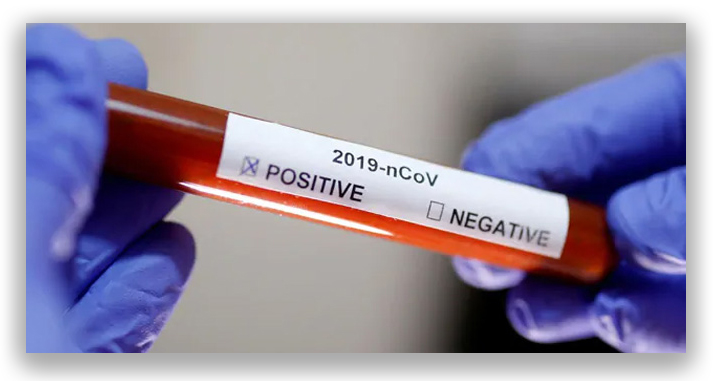





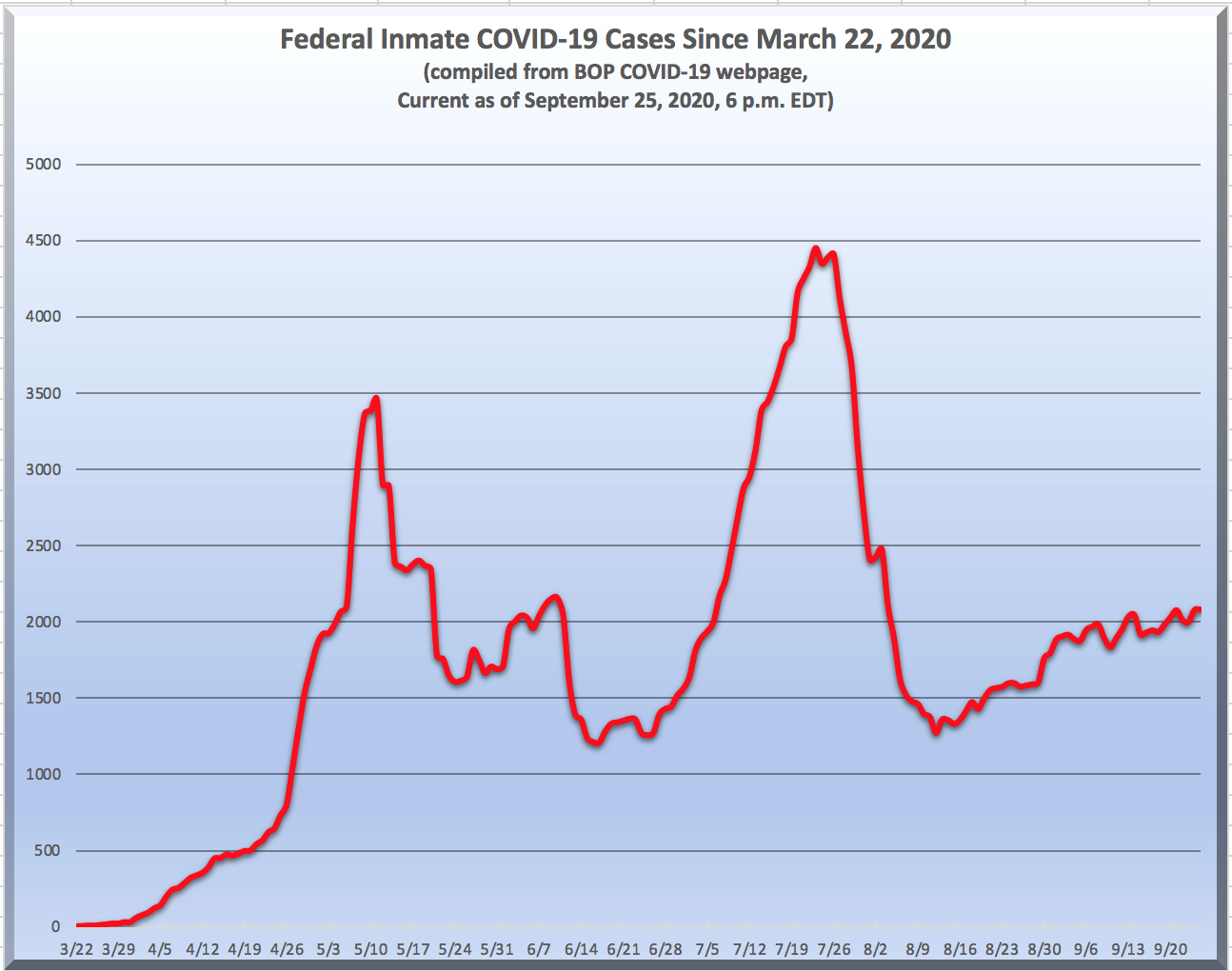
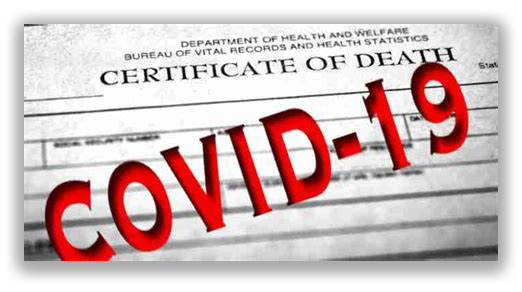

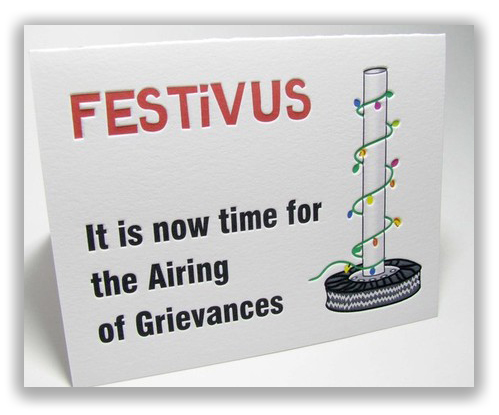
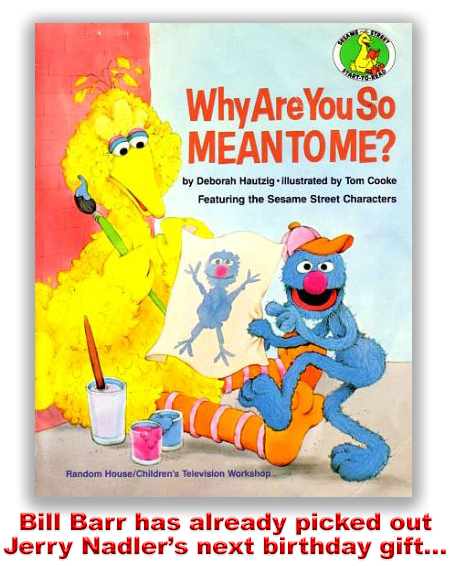


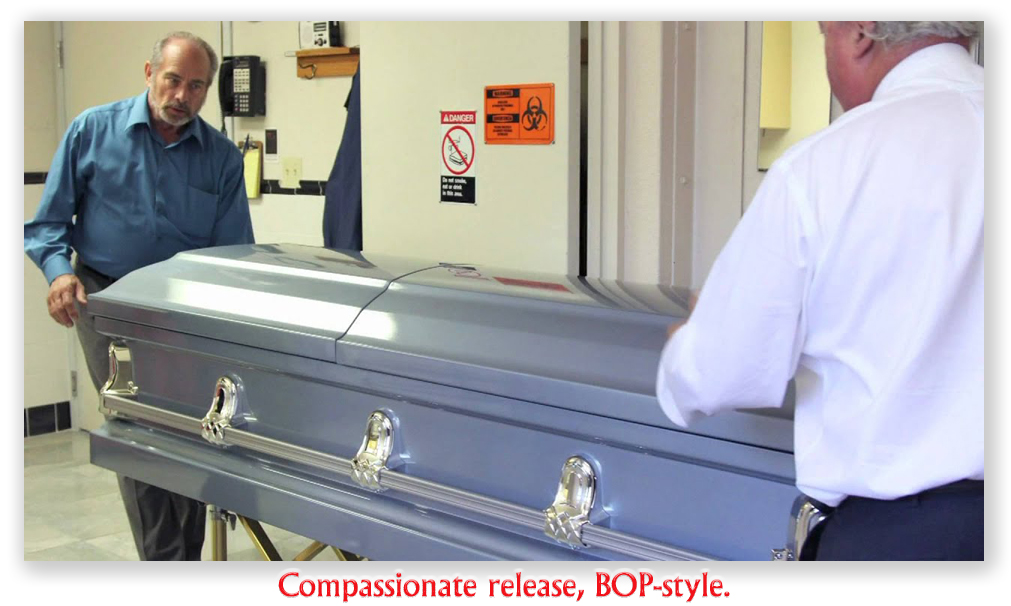
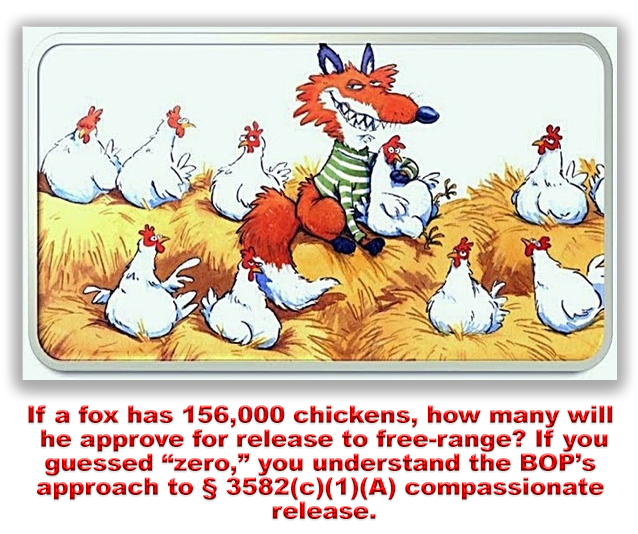





 The 7th Circuit last week held that the same rule benefitted Rashod Bethany. Rashod was sentenced for a crack conspiracy in 2013, but later won a
The 7th Circuit last week held that the same rule benefitted Rashod Bethany. Rashod was sentenced for a crack conspiracy in 2013, but later won a 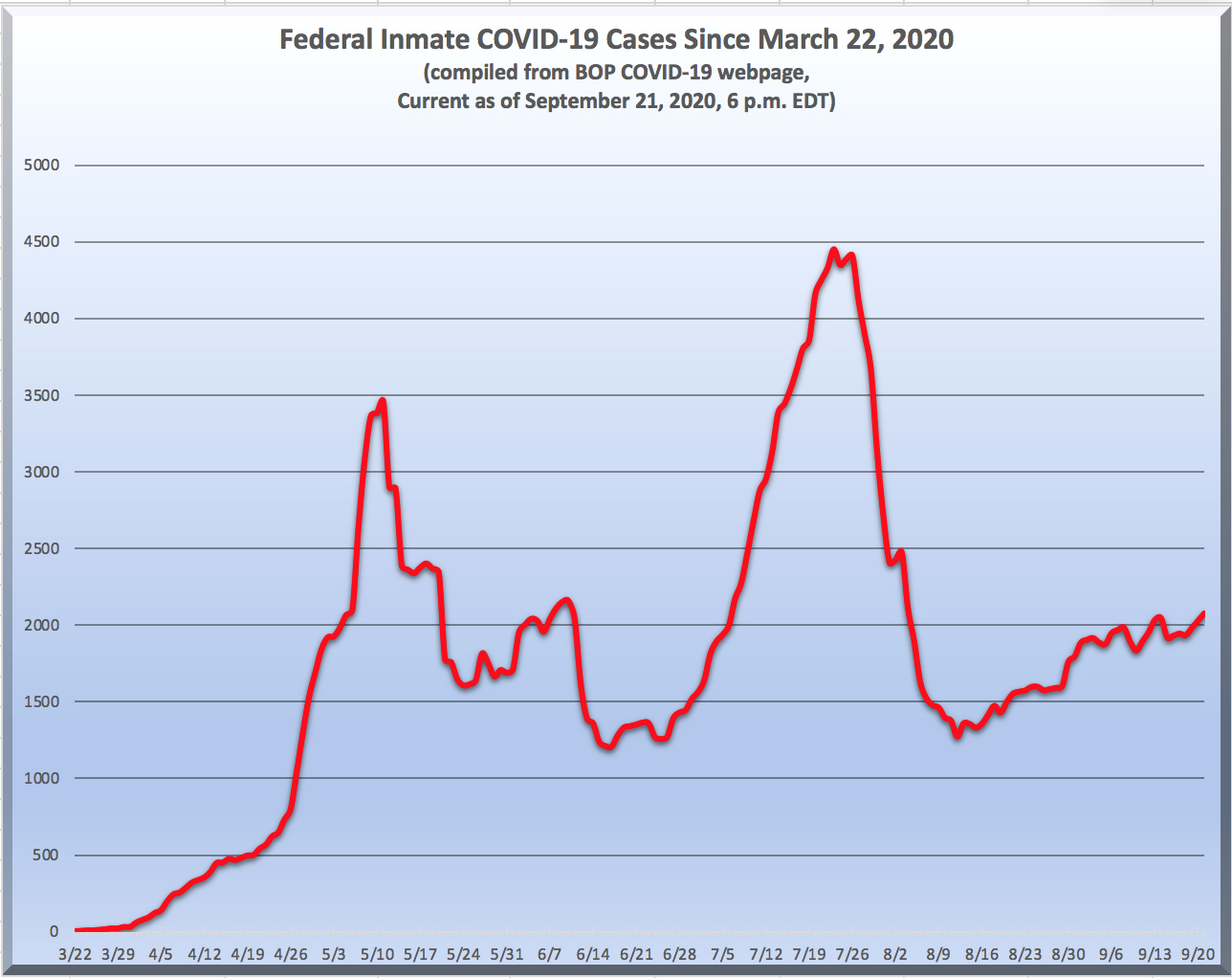

 The theory aligns with researchers’ growing view of the coronavirus as a vascular disease instead of a respiratory one. Research has shown that COVID-19 can lead to blood clots, leaky capillaries, and inflamed blood vessels — which is why some patients may experience heart damage or stroke. “We were really scratching our heads for a while, how does this disease have this darn broad set of symptoms across lots of different organ systems?” Dr. Daniel Jacobson, the lead researcher behind the supercomputer study, told Business Insider. “As we looked at the effects of bradykinin, our model was that this virus can affect several different types of tissues, several different organs.”
The theory aligns with researchers’ growing view of the coronavirus as a vascular disease instead of a respiratory one. Research has shown that COVID-19 can lead to blood clots, leaky capillaries, and inflamed blood vessels — which is why some patients may experience heart damage or stroke. “We were really scratching our heads for a while, how does this disease have this darn broad set of symptoms across lots of different organ systems?” Dr. Daniel Jacobson, the lead researcher behind the supercomputer study, told Business Insider. “As we looked at the effects of bradykinin, our model was that this virus can affect several different types of tissues, several different organs.”